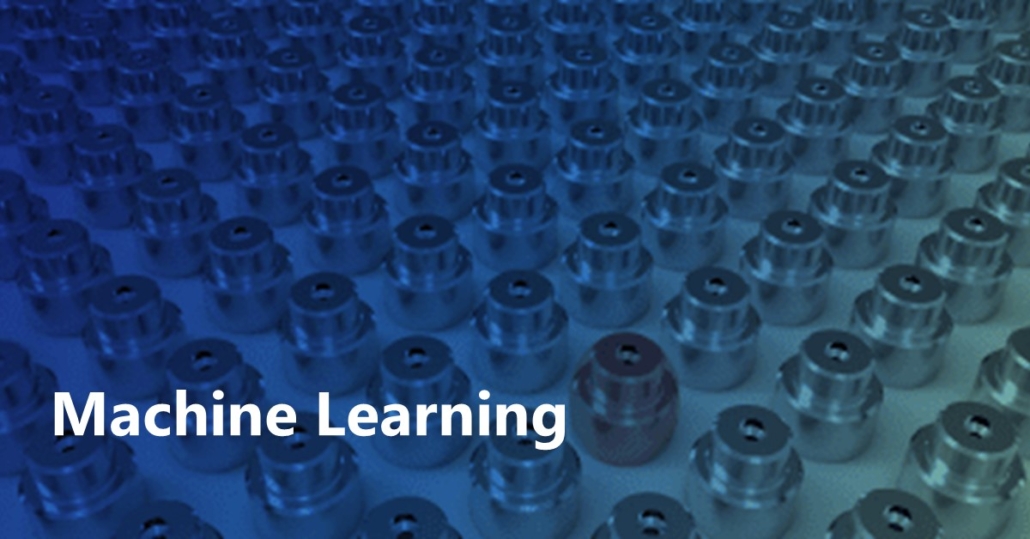On Synthesizing Data for Context Attribution in Question Answering
Question Answering (QA) accounts for a significant portion of LLM usage “in the wild”. However, LLMs sometimes produce false or misleading responses, also known as “hallucinations”. Therefore, grounding the generated answers in contextually provided information — i.e., providing evidence for the generated text — is paramount for LLMs’ trustworthiness. Providing this information is the task of context attribution. In this paper, we systematically study LLM-based approaches for this task, namely we investigate (i) zero-shot inference, (ii) LLM ensembling, and (iii) fine-tuning of small LMs on synthetic data generated by larger LLMs. Our key contribution is SynQA: a novel generative strategy for synthesizing context attribution data. Given selected context sentences, an LLM generates QA pairs that are supported by these sentences. This leverages LLMs’ natural strengths in text generation while ensuring clear attribution paths in the synthetic training data. We show that the attribution data synthesized via SynQA is highly effective for fine-tuning small LMs for context attribution in different QA tasks and domains. Finally, with a user study, we validate the usefulness of small LMs (fine-tuned on synthetic data from SynQA) in context attribution for QA.

 Our
Our 